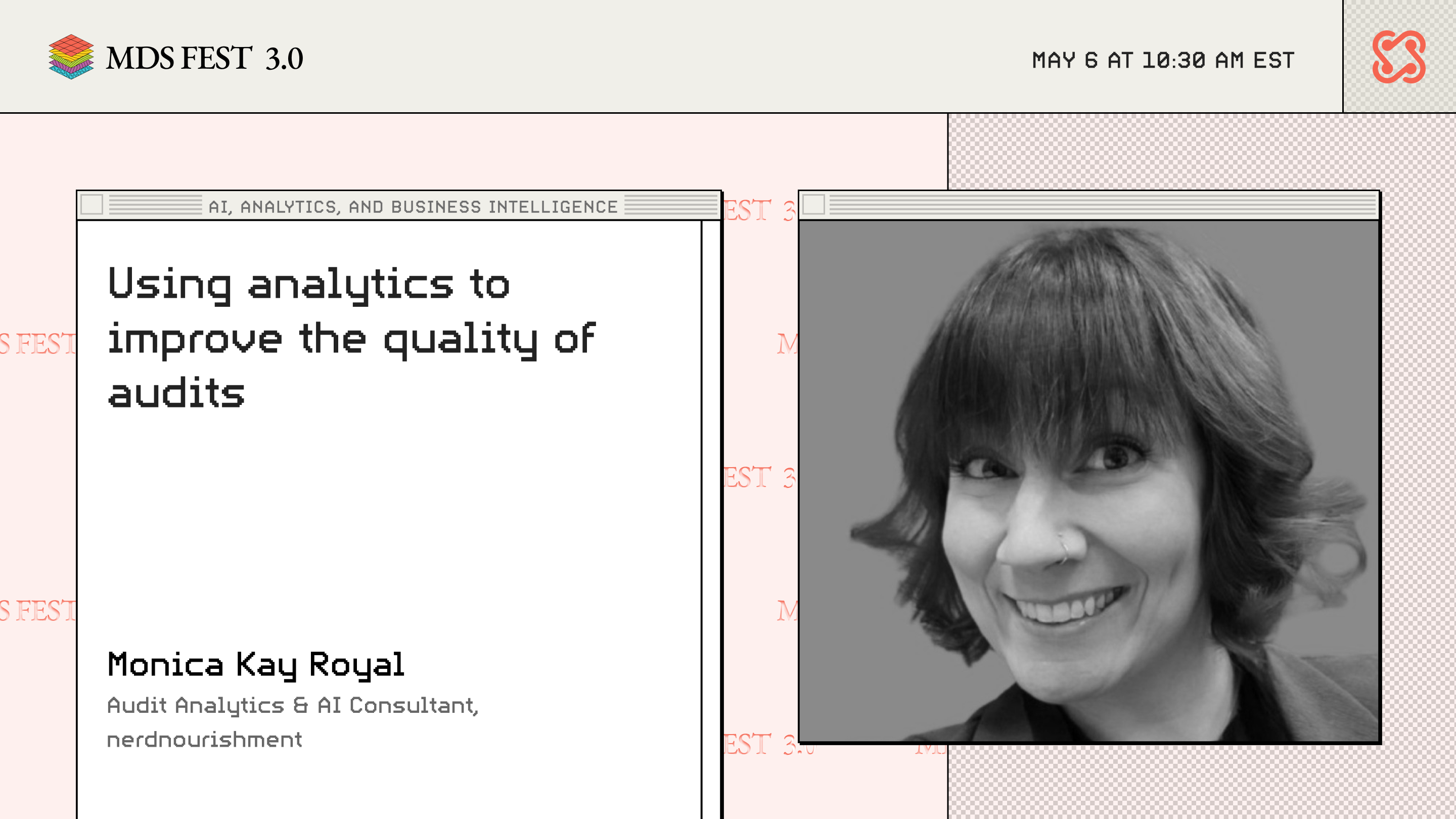Short Abstract:
Internal audit departments typically spend a considerable amount of time manually filtering data, selecting samples, and testing each sample for compliance. With the increasing volume of data created and consumed by companies, it becomes more and more challenging to identify representative samples and nearly impossible to detect risks. As a result, automating audit procedures and testing full populations is not only more efficient but leads to more accurate results. This session will show you what it takes to streamline the audit processes, improve the quality of your work, and deliver more meaningful insights to your business.
Intended Audience(s)
- Internal Audit professionals
- Job seekers / data enthusiasts interested in learning about unique fields that use analytics & AI
Learning Objectives:
- Differentiate between traditional and modern audit approaches, and provide advantages and disadvantages of using analytics in the audit process.
- Describe how analytics can be incorporated into each phase of the audit process, providing examples for each phase.
Read More


